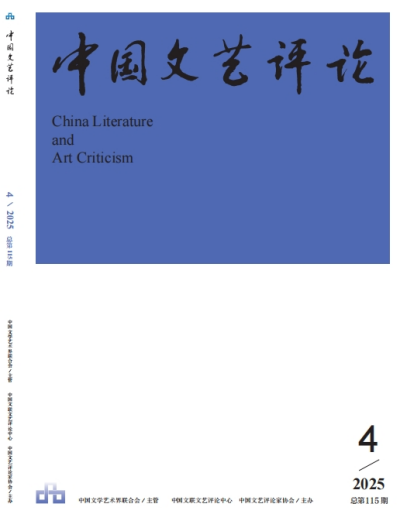
Special Topics •The Construction of Chinese Civilization Markings and Its Artistic Representation
■ On the Artistic Composition and Presentation of the Symbols of Chinese Civilization (PP. 4–11)Li Xinfeng
Abstract: The construction of the symbol system of Chinese Civilization is a grand and complex project that requires the collective efforts of all sectors of society and can only be accomplished through collaborative advancement. This article focuses on the specific field of art within the overall system of civilization and culture, exploring the artistic composition and presentation of the symbols of Chinese Civilization. The article argues that the vast number of literary and artistic workers bear a significant mission and responsibility in constructing this symbol system. The construction of the symbol system of Chinese Civilization is deeply and intrinsically connected to art and the broader community of literary and artistic workers: the symbol system of Chinese civilization contains a large amount of contents that belong to the category of arts, whilevarious types of civilization symbols in other fields need to be presented and disseminated in a richvivid, and emotional fomm of arts.
Keywords: Chinese civilization, civilization symbol, artistic composition, artistic presentation
■ The Construction of the Marking System of Chinese Civilization and Its Current Artistic Representation Practices (PP. 12–27)Wang Yichuan
Abstract: Currently the construction of the marking system of Chinese civilization can provide artistic creation with the needs of perceptual symbolic expression and basic norms, while artistic creation can also provide typical representations full of perceptual charm for the construction of this system. The construction of this system is composed of a five-level model: value concept, social systems, renewable classics, global media mechanisms, and perceptual symbol representations. The current practice paths of artistic representation related to this construction include the transmission and creation of classical works, the modification of contemporary works, and original creation of new works. The case analysis model should take into account the four elements of global public appreciation, Chinese representation, the difference and harmony among various beauties, and the potential for inheritance. The current promotion of this work is aimed at understanding and inspiring those constructors who are moving forward steadily towards the long-term goal of constructing the marking system of Chinese civilization and its artistic representation practice.
Keywords: marking system of Chinese civilization, artistic representation, renewable classics, deferred recognition, global public appreciation, difference and harmony among various beauties
■ The Construction of Chinese Civilization Symbol:Recognition, Comparison and Artistic Approach (PP.28–39)Xing Jianchang
Abstract: The construction of Chinese civilization symbol is not something that can be achieved overnight, but requires long-term efforts. First, it is essential to cultivate a deep-rooted comprehension of the symbols of Chinese civilization, so as to prevent literal-minded misinterpretations and shallow understandings of the meaning. Secondly, the global significance of Chinese civilization symbols is highlighted through comparison with "others". This sort of comparison is an invitation from each other with their own issues, presenting a relationship of mutual inclusion – where you are in me and I am in you, rather than that of binary opposition. Thirdly, in realizing the aesthetic generation of the symbol of Chinese civilization in artistic creation, the most important thing is to uphold the utmost respect for form in an artistic way. Finally, the enhancement of the universal implication of artistic works and artistic images that embody the symbols of Chinese civilization is realized in the interpretation. Literary and art critics need to examine the source, trace the context, and enhance the connotation on the basis of getting close to the text, reading the text carefully, and interpreting the text, so as to realize the originality, openness and dialogue of arts in the cross-civilizational communication. This is also an important part of telling the Chinese story well.
Keywords: symbol of Chinese civilization, roots, recognition, comparison, form, universal implications
Dialogue in the Art World
■ When the Staff Notation Is Fully Integrated into the Classroom:Zhou Haihong Talks on Reshaping School Music Education for the New Era (PP. 40–48)Interviewed by Zhang Ting
Diverse and Extensive Art Phenomenad
■ Translation Goes Both Ways (PP. 49–56)Text: [US] Haun Saussy / Translator: Zou Li and Yang Jiayi
Abstract: Translation is often thought to be a one-way operation of transfer of content whereby information that exists in language A is reproduced using the words of language B. But that account is too simple. The way that a text of language A is recreated in language B may reverberate within language A and change the meaning of that text for its original public. Framing and genre, while not properly part of a text, nonetheless decide a great deal about how the text is to be understood. And translators often get to decide framing and genre. The example here analyzed is the Latin translation of three of the Four Books, Confucius Sinarum Philosophus, published in Paris in 1687. The translated work's content interacts with the framing and occasion of the translation: the translators wished to offer Confucius as a gift to the French king, but to do so had to mute Confucius's criticism of autocratic rulers. They thereby obscured a characteristic, indeed essential, feature of Chinese political discourse: the remonstrance.
Keywords: translation, rhetoric, Confucianism, missionaries, intercultural dialogue
■ The Representation of War and Sublime Bodies in Red-theme Cinema (PP. 57–70)Chen Tao
Abstract: For the red-theme cinema, "the sublime" is one of the important artistic features and aesthetic mechanisms. From the red classic movies to the works of the New Era, "the sublime bodies" on the big screen is usually inseparable from images of heroes, and forms a kind of unique audio-visual form and aesthetic style. Through "turning movement into stillness" and "turning landscape into subject", the sublime bodies of heroes obtain aesthetic characteristics of ritual, sculpture and landscape. The sublime bodies in the red-theme films reflect the continuity and development of red-theme cinema regarding theme, narrative and form.
Keywords: red-theme cinema, war cinema, New Era, sublime, body
■ New Reality in the Intelligent Era and Reality Representation of AI Literature and Art (PP. 71–82)Li Lei
Abstract: Literature and art are the mirror and representation of reality, and so are literature and art and reality in the intelligent era. AI literature and art reflects intelligent life experiences, automated production processes, and stylized desire cognition. In the process of representing reality, AI literature and art presents the human-machine interpersonal relationship through super-rationality, corresponds to the infinite possibilities of the world with generativity and process, constructs a world beyond reality with randomness and imagination, and completes intelligent replication and spiritual reshaping with simulation and sense of speed. However, literature and art should not only represent reality, but also criticize and reflect it. AI literature and art has some limitations in narrative art creation, especially in the creation of historical and realistic themes. It has difficulty grasping the internal logic of complex data and lacks human emotions and moral judgments. Therefore, the realism called for in the intelligent era should be supported by technologies while integrating emotional drive and strengthening the orientation of human values.
Keywords: AI literature and art, artificial intelligence, reality representation, super-rationality
Theoretical Explorations
■ The Traditional Orientation and Modern Transformation of You Qing Theory in Chinese Art (PP. 83–99)Shi Aibing
Abstract: Traditional Chinese culture is rich in art theories, which, under the guidance of the changing times, social and technological changes, as well as new ideas and new lifestyles of successive generations, have constantly adjusted themselves, gotten rid of the stale and take in the fresh, forming an unceasingly dynamic picture of life that never stops moving forwards. This article takes You Qing Theory in Chinese art as an observation point. On the basis of sorting out and summarizing its traditional orientation and modern interpretation paths, it clarifies its inheritance and persistence, transformation and innovation in the process of transiting from tradition to modernity, reveals the principle of constant change in its historical process, and proposes a new way of thinking about the adaptation and transformation of You Qing Theory in Chinese art in the New Era as a "horizon of common discovery". This is to see the big picture from the small details, and also discuss the issue of creative transformation of traditional Chinese art theory.
Keywords: You Qing Theory in Chinese art, traditional orientation, transformation to modernity, art theory
A Probe into Literary and Artistic Creation
■ "Penetrating into the Depths of Their Spirit":A Study of Liu Qing's Change of Concept of "Life" and His Literary Practices in the Yan'an Period (PP. 100–111)Lu Siyu
Abstract: As a core concept of Yan'an literature and art, "going to the depths of life" remained in a state of "uncertainty" until Mao Zedong's Talks at the Yan'an Forum on Literature and Art specifically discussed it and promoted it through the institutionalized "going to the countryside". The Yan'an intellectuals had different understandings of "penetrating to the depths of life" based on their own experiences. Among them, Liu Qing's changes in the concept of "life" and literary practice are the most unique. Wu Hui(Misunderstanding) and other early works are mainly based on Liu Qing's "experiencing life" in the war zone, while transitional works such as Zai Guxiang(In the Hometown) reflect Liu Qing's transition from the difficult-to-integrate "battlefield" to the "hometown", while later works such as Zhong Guji(The Story of Sowing Grain) are the result of his "long life among the workers and peasants". By interpreting the works of Di Lei(Landmine) and Zhong Guji, we can make a clearer examination of Liu Qing's change in the concept of "life" from "experiencing life" to "penetrating to the depths of life", and the key to completing this change lies in "penetrating into the depths of their spirit". "Penetrating to the depths of life" does not mean that writers "de-subjectivize" themselves, but rather, it is a process of debugging their own subjectivity. Liu Qing's unique life and literary practice during the Yan'an period not only laid a foundation for the subsequent formation of the "Liu Qing Road", but also provided a good reference at the action level for answering the proposition of how literature and art can be "deeply integrated into people's lives" in the New Era.
Keywords: Liu Qing, Di Lei, Zhong Guji, penetrating to the depths of life
Interview with Renowned Experts
■ Acting Is about Acting as A Person: An Interview with Movie Artist Da Shichang (PP. 112–124)Interviewed by Li Zhenlin
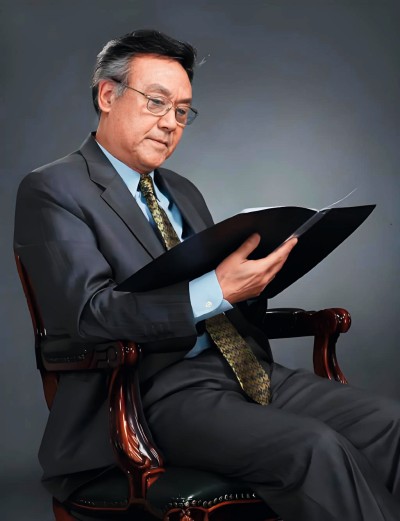
Inside Front Cover
Chinese Literary Critics: Du Xuewen
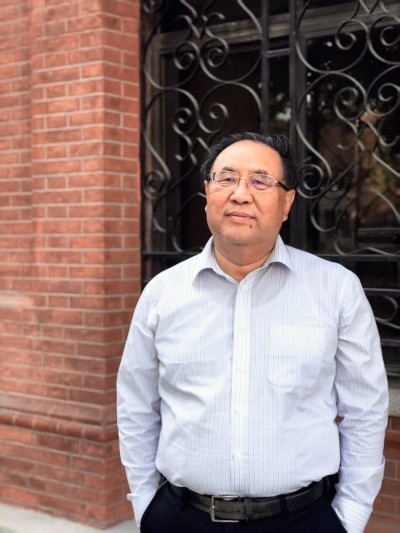
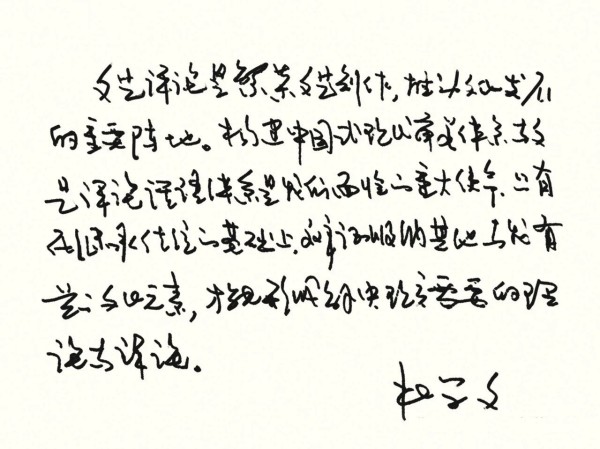
Inside Back Cover
Recommendation of Important Academic Organizations in Literary and Art Theory and Criticism:The Society of Ancient Chinese Literary Theory
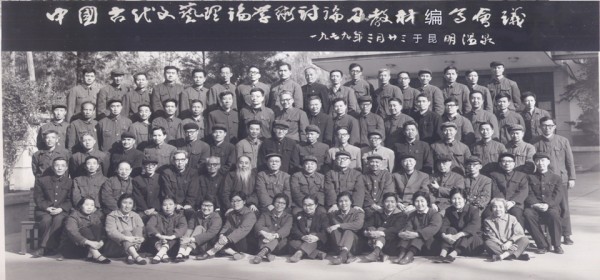
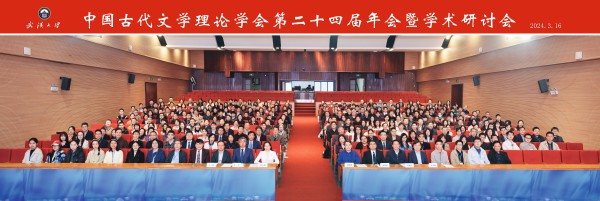
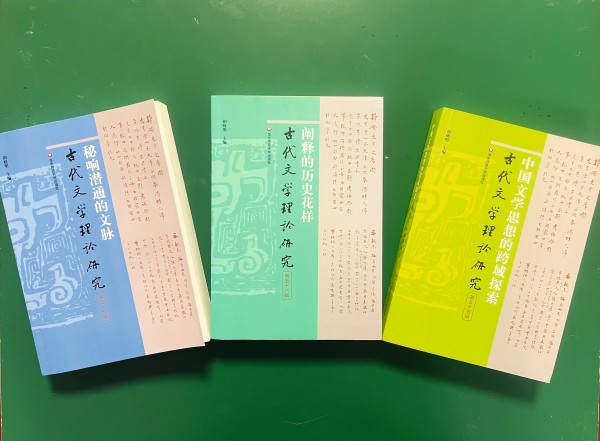
Back Cover
Poster for the Roundtable Discussion on "The Construction of Chinese Civilization Markings andIts Artistic Representation"
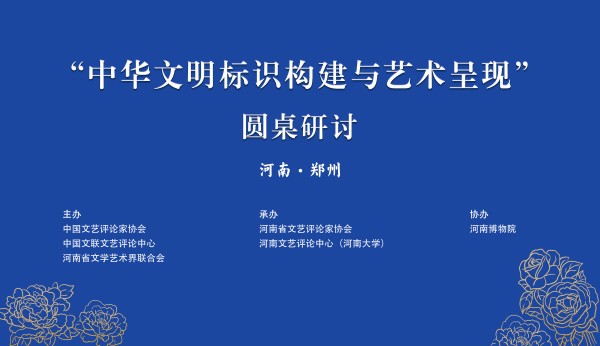
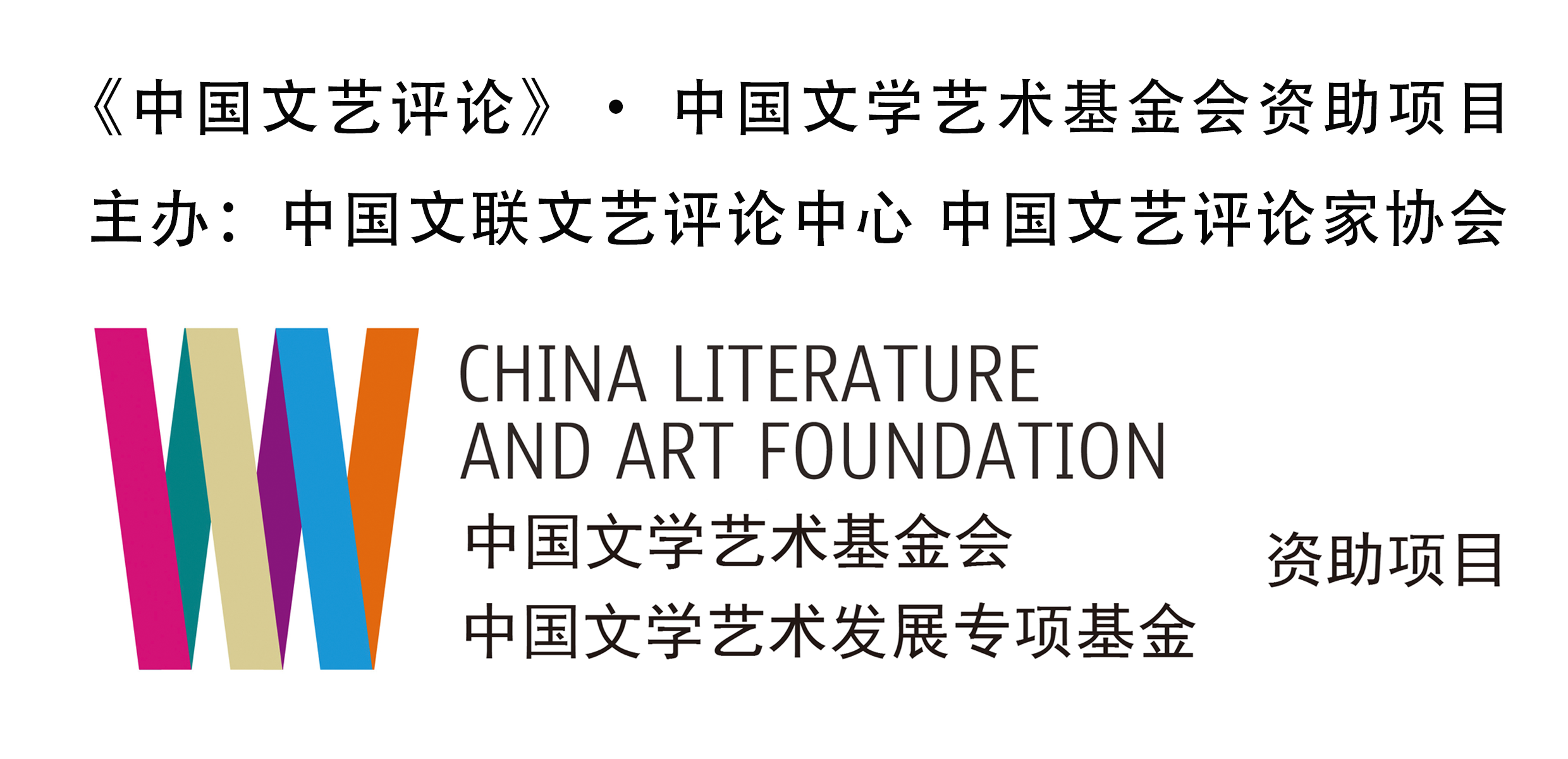

中国文艺评论网

“中国文艺评论”微信公号

“中国文艺评论”视频号